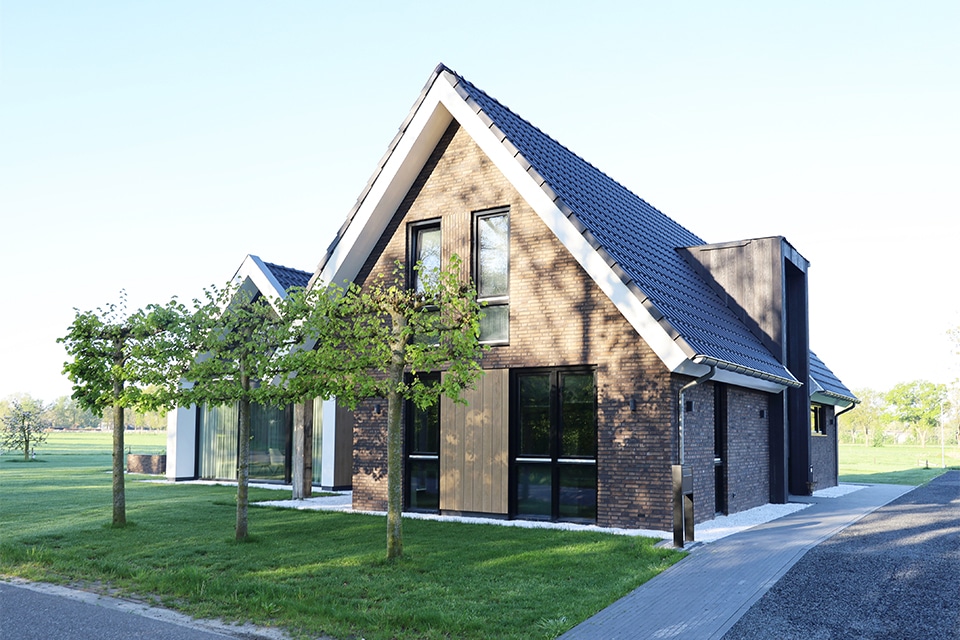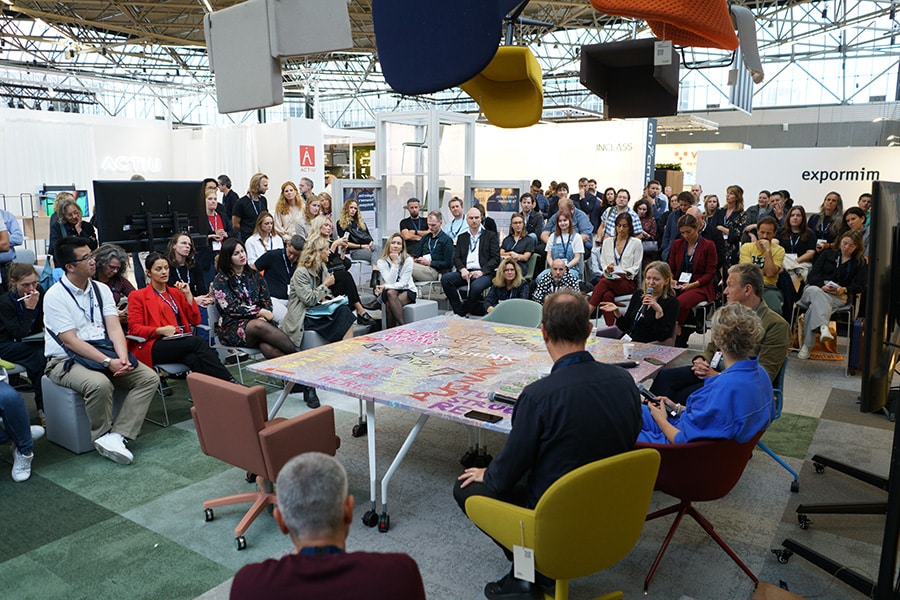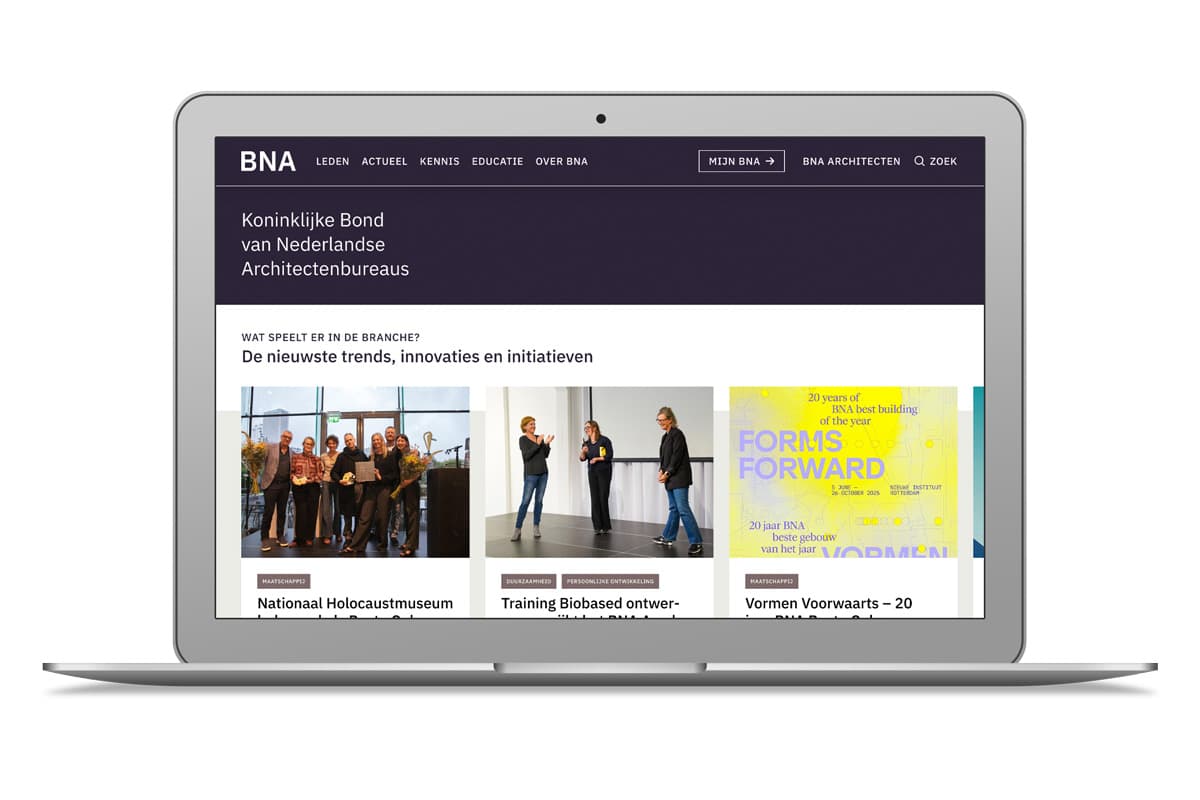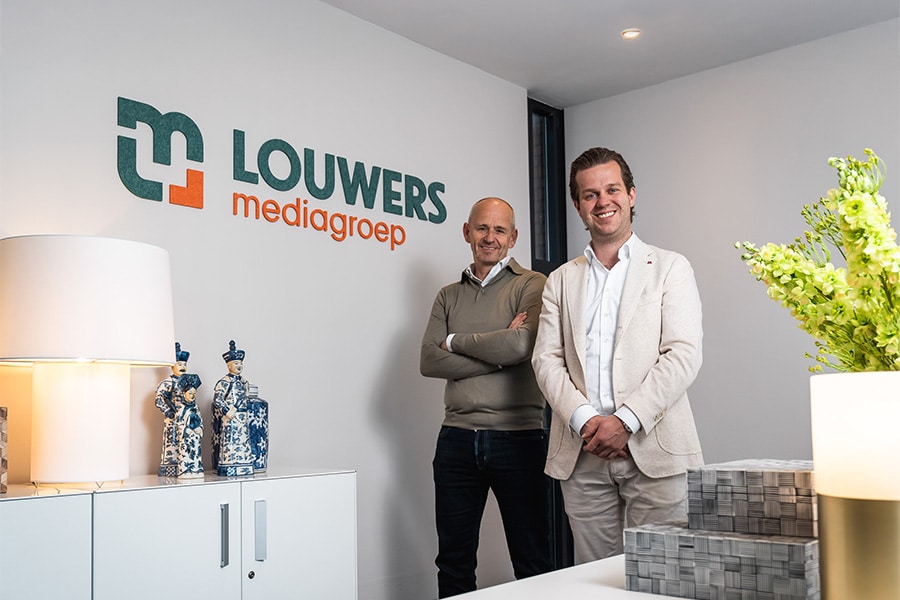
'Is everything we build sustainably in the Netherlands good for the well-being of ... humans?'
Do architects consider this issue enough?
Is it well enough known that in very many cases, the pursuit of planetary sustainability also simply endangers human health...? It could just become a very difficult split for the construction industry. And therefore also for all architects! Very good that organizer C2C Bouwgroep facilitated a discussion on this during a whirlwind congress in Hoofddorp a few weeks ago.
In this article, we zoom in on some highlights of the meeting, including Vince Limpens' (C2C Construction Group / EPEA) presentation. He was clear. "What are the (health) effects of using certain materials in construction? And, how urgent is it to perhaps change direction on this? Because, if the wrong materials are built in a building - which are admittedly sustainable - it affects people's constitution. The quality of decisions goes down, people who work there lose concentration ánd they even lose IQ points if the wrong choices are made. So circular products are not necessarily always healthy materials!"

According to Limpens, this insight may even herald a limitation to scaling up the circular economy. "After all, we still know too little; we will have to study effects. It is high time to start identifying risks. I advocate to start using much more defined materials with which you can pursue a positive footprint in all kinds of areas: so also in the interest of human health."
Speaker Erik Roerdink (The Black Dog) next argued for more recyclability of cities. "We will have to take more into account the coherence within design tasks. Think of a stop on demolition after which we look at whether we can give buildings other functions. Therefore, for the future, that is where architecture will face a challenge: we need to think more from that multifunctionality."
According to Roerdink, this means that especially the structure - as the largest component - must be addressed.

DEBAT
After lunch, the audience was challenged in several debates. For example, with the proposition: 'Are there too many rules that hinder the use of healthy materials?' There was no real consensus because while there was agreement that rules with regard to the pursuit of a more circular economy could be stricter, the 'other side' argued at the same time that many rules actually hinder innovation and freedom of choice. "And the latter is precisely what we don't really want," one architect stated after the conference. "Creativity should not actually be inhibited."
Nevertheless, he acknowledged, "But we - architects - also have a great responsibility. After all, the well-being of people - the end user - must never be forgotten."
No, the goal was not to arrive at the ultimate solutions already during this congress. But ... the conversation is well underway. To be continued...!




